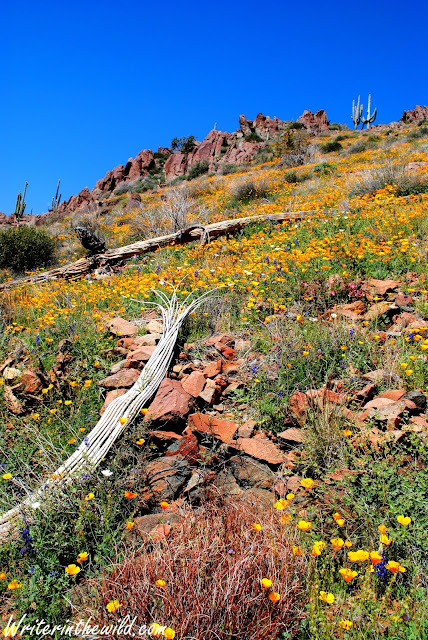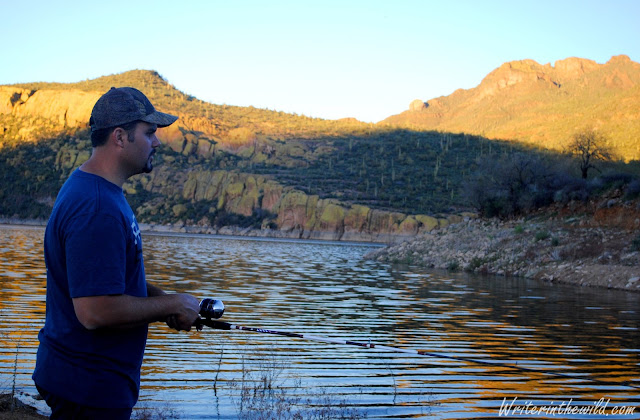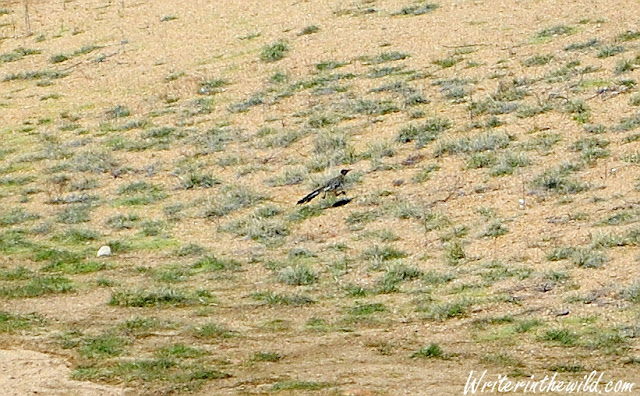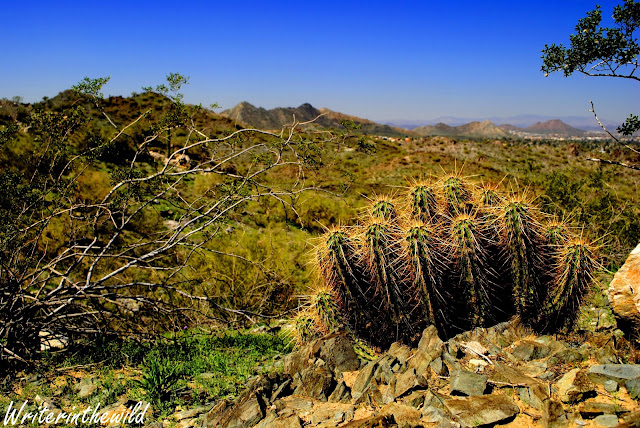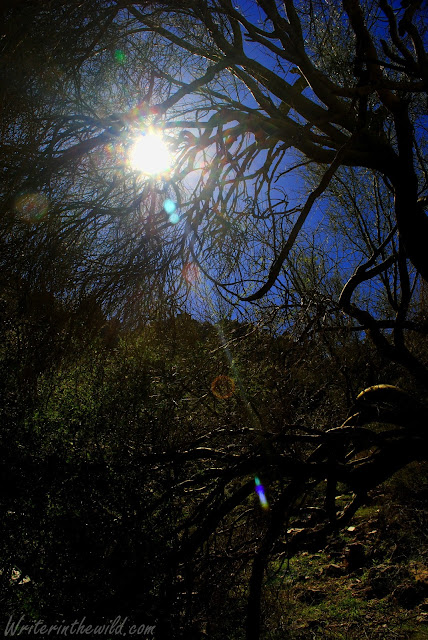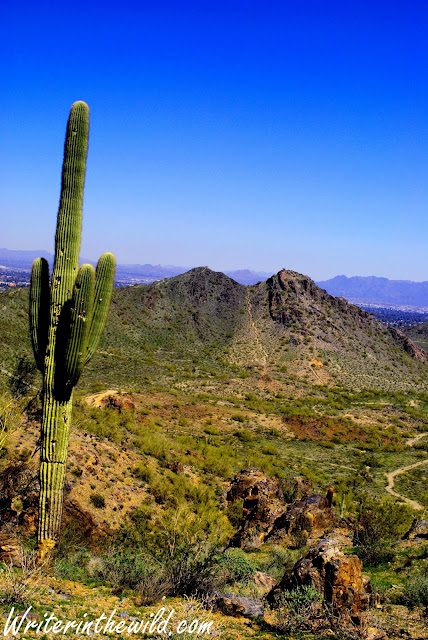 |
| Cooking with the Solo Stove |
I find the idea of a wood burning stove very appealing. Maybe because it feels like it brings me closer to the wilderness travelers of yesteryear, cooking as they did... I think fire in general can conjure up those primal feelings in people, and in a way, that's also why we hike. To connect not only with nature, but our past as well.
You can bet this nostalgic affection for fire played a part in my impulse purchase of the Solo Stove a couple months back. The notion of cooking over an open flame compelled it. I pictured myself, not just a backpacker, but a mountain man... I know, that's really stretching it, but I'm feeling very romantic as I write this.
The stainless steel Solo Stove (according to Solo Stove) is a "natural convection inverted downgas gasifier stove". The double wall design "channels" air through the intakes at the bottom to the fire box, and sends warm air up between the walls, and out smaller holes on the top, and back into the fire box. I know, it all sounds very technical for a wood stove, but what it all means is that it burns and heats very efficiently.
The Solo Stove is two pieces, the stove, and a removable cooking ring. The ring flips upside-down and fits inside the stove for easy storage. The whole thing is very solid, and seems to be built really well, all thanks to what Solo Stove calls "one piece construction". Which basically means that the stove is built from a very few solid pieces of stainless steel, with the smallest amount of welds and seams as possible. It makes for a very durable piece of equipment.
For a stove, I guess you could say that its big when compared to a canister or alcohol stove, but keep in mind, with the Solo Stove you don't need to carry fuel. That was a big selling point for me. The idea that I not only don't need to carry fuel, but I don't have to worry about running out of fuel either. The Solo Stove will burn just about anything too, especially after its lit. A lot of my hiking is done in the Sonoran Desert here in Arizona, and I found that cactus wood burned just as well as wood from a tree. The firebox in the Solo Stove gets so hot, that just about anything that fits inside will burn.
The Solo Stove is supposedly designed to fit in most cook pots for easy storage. Since I only own one pot, my Solo Stove rode in my GSI Pinnacle Soloist pot, and it was a perfect fit. Although I would recommend against using this pot, as the large flames from the Solo Stove has the potential to melt the plastic lid and rubber coated handle of the Pinnacle Soloist pot. What I did was just adjust the position of the pot on the stove if I saw a flame getting too close. I didn't have any melting, but the orange rubber coating on the handle did turn black in places.
Firing up the Solo Stove is really easy. First, collect some wood and/or other organic materials from around your camp. You need a lot less than you think. To start it, I found the best way is to take off the cooking ring, place a layer of small sticks on the grate, and place your tinder on the sticks. Once the tinder is lit, put the cooking ring back on, and start feeding it smaller sticks. If you have fire building experience, this process will be quick and easy. Once you have a good flame, place your pot on the cooking ring. From here on out, its just a matter of feeding the stove to reach a boil, but you have to pay attention. The Solo Stove is not a stove you can light and walk away from. It needs to be fed. The firebox gets so hot, that neglecting the stove even for a couple of minutes can result in the fire going out because the wood inside has burned up. At the opposite end, overfeeding the stove can smother it, but once you have it figured out, keeping the fire burning is easy. My first use with the Solo Stove, I reached a boil in 5 minutes. I have cooked for 2 with no problem, and have sustained a boil easily for 15 minutes... All using fuel that I found on the forest floor.
That is really the best thing about this stove. Its easy. Its simple. Its minimalist. No mechanical, or electrical parts. No gas lines or fuel cans. In short, nothing that could fail, because as Murphy's Law states, "what can go wrong, will go wrong", and when you're in camp after a long day on the trail, you want your stove to work.
Not that everything is perfect with the Solo Stove. For starters, its relatively heavy at 9 ounces. For me, the weight is fine, but for the ultralight crowd, its probably too heavy. Clean-up can be a pain too. You'll have soot build up at the bottom of your pot that will need to be cleaned before you pack up (unless you want soot in your pack). I would recommend carrying a small camp towel for this purpose. Since its an open flame, you wont be able to use it in some places (like Glacier National Park for example) that don't allows fires in the backcountry. There may be some places in the backcountry where you just cant find any fuel. I don't know where those places are, but I'm sure they exist. Finally, in a very wet environment you will probably have difficulty with this stove just like you would building a fire. To what extent I don't know, since all my tests were in dry conditions (I live the desert remember?).
Overall this as badass little stove. Its easy, simple, efficient, and fun to use, and will work excellent for your backcountry cooking needs.
 |
| Solo Stove set-up. You need a pile of small sticks... And notice no smoke coming from the stove. |

